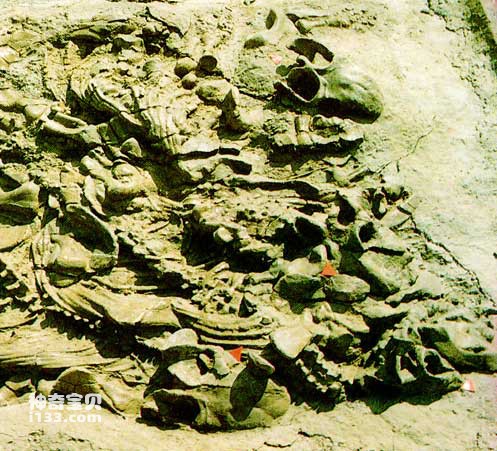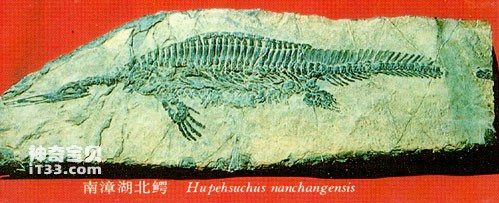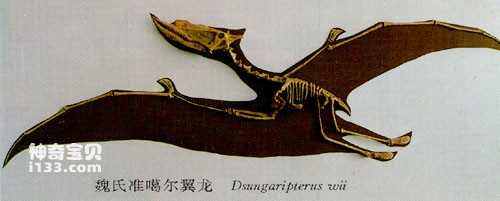We already know that based on the development of the temporal part of the skull, that is, the relationship between the development and changes of the temporal foramen, scientists divide reptiles (classes) into four subclasses, namely Anosus, Monossus, and Platysus. and Dicypodia. On this basis, and based on other characteristics, scientists divide reptiles into more detailed first-level classification levels. This level of classification is like a family tree, reflecting the kinship between various reptiles. Among them, the classification at the subclass and order levels is as follows:
1. Ankylostida, also known as Anaplasma, is characterized by the absence of temporal foramen. It is divided into three categories:

Protognathus—An ancient turtle
Cuposaurs: The most primitive reptiles that appeared in the early Permian period and became extinct at the end of the Triassic period.
Turtles: direct descendants of Cuposaurs, reptiles that have survived from the Permian to the present and developed protective bone armor in the process of evolution.
Mesosaurops: The taxonomic status is not clear yet and is temporarily placed.
2. The subclass Monarch, also known as the subclass Hypoforamina, is characterized by having only one lateral temporal foramen, which is upper bounded by the postorbital bone and the squamous bone. It is divided into two categories:

The "Nine Dragon Wall" in the courtyard of the China Paleozoological Museum has a fossil of Ken's beast, a member of the order Therapsida.
Pelycosaurus: primitive single-arched reptiles limited to the Permian period.
Therapsids: A large group of mammal-like reptiles that flourished from the mid-Permian to the Triassic, some of which eventually evolved into mammals.
3. The subclass Platyarchus, also known as the subclass Topopore, is characterized by having only one superior temporal foramen, and the lower boundary is formed by the postorbital bone and the squamous bone. It is divided into four categories:
Protosaurs: A branch developed from the early cuposaurs in the Permian. In the Triassic, they failed in competition with the diapsids and became extinct.
Sauroptera: Phantosaurs and plesiosaurs, one of the dominant marine overlords in the Mesozoic Era.

Nanzhang Hubei crocodile - a species of Sauroptera
Placodontosaurus: A shallow-sea reptile that feeds on seafloor crustaceans and is limited to the early Triassic period.
Ichthyosaurs: The reptiles that originated from Cuposaurs in the middle Triassic period and continued into the Cretaceous period, which are the most perfectly adapted to marine life.
4. Dipsoidea, also known as Diploma, is characterized by two temporal foramen, which are separated by the postorbital bone and squamous bone. It is divided into eight categories:
Eosuchians: The Dipsons from the Permian to the Triassic, and all other Dipsons originate from different types in this order.
Rhythrocephalans: Diapsera that appeared in the early Triassic period and were once distributed all over the world, but tended to become extinct after the Triassic period. Only a few species have continued to extinction and have rarely changed in more than 100 million years.
Order Squamata: Lizards and snakes derived from them, the dominant reptiles from the Triassic to the present.
Alveolar order: Triassic archosaurs, ancestors of the dominant diplopods in the Mesozoic era.

pterosaur
Crocodiles: Semi-aquatic and ferocious reptiles that have lasted from the late Triassic to the present day.
Pterosaurs: flying reptiles from the Jurassic to the Cretaceous.
Sauurchia: Dinosaurs with pelvises similar to those of lizards.
Ornithischia: Dinosaurs with pelvises similar to those of birds.
animal tags: Protognathus pterosaurs kenthesians Eosuchians Crocodiles saurischians ornithischians rhinoceles squamata Calicisaurus turtles Pelycosaurus Therapsids Prosauria Sauroptera Placodontosaurs Ichthyosaurs
We created this article in conjunction with AI technology, then made sure it was fact-checked and edited by a Animals Top editor.